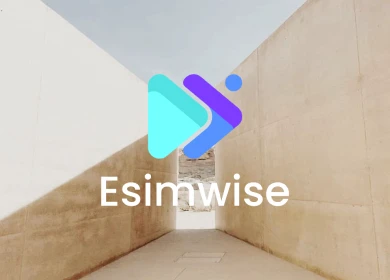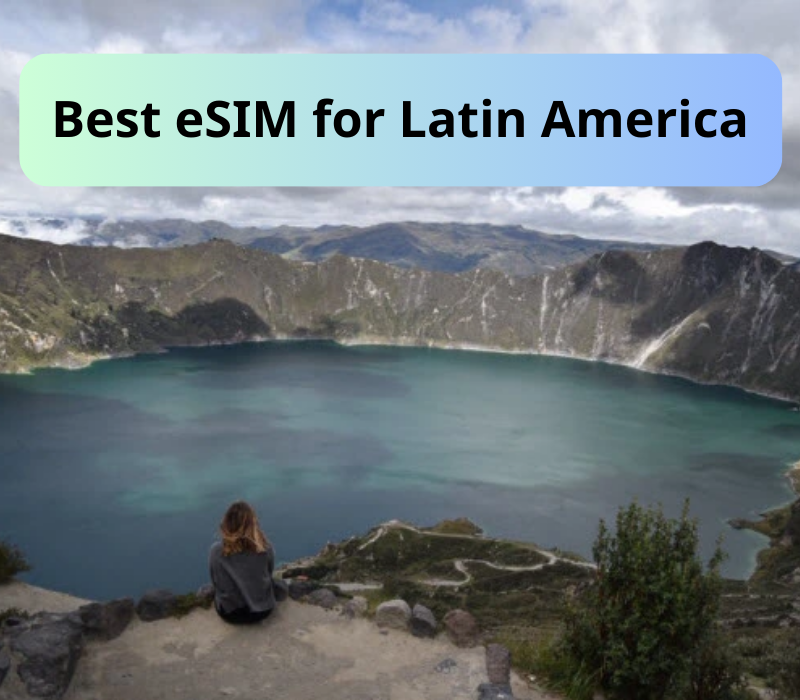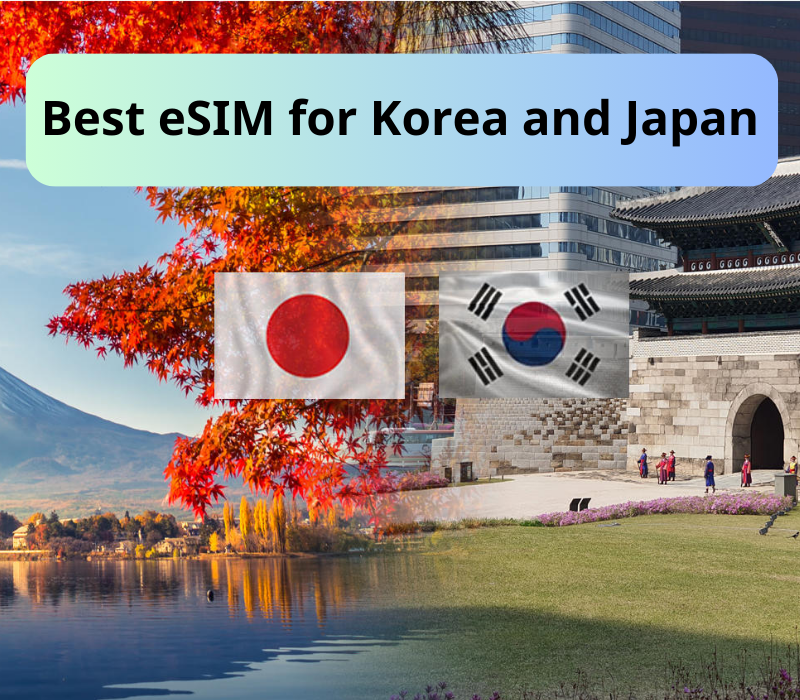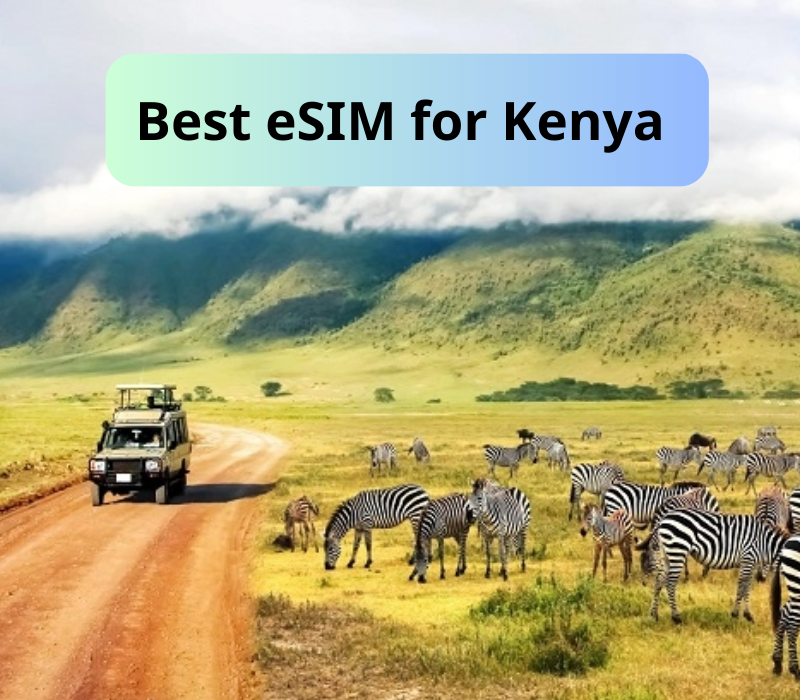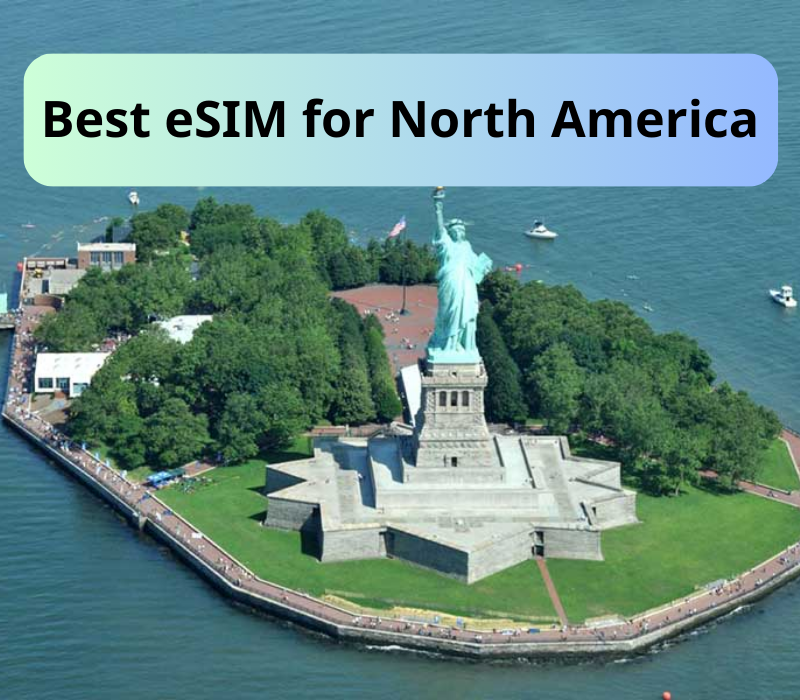Ever wondered whether it is better to go for an eSIM or a Pocket Wi-Fi in Japan? Well, I have been there, and it’s a question worth pondering. Picture this: you are strolling through Tokyo and need to get reliable internet. Should you pop in an eSIM or rely on a nifty Pocket Wi-Fi?
In this little journey, I’ll share my experiences, keeping it simple and straightforward. Let’s dive into the world of “eSIM vs pocket Wi-Fi in Japan: Which one is better?” to help you pick the perfect sidekick for your Japanese adventures.
Related post: Pocket wifi vs SIM card: Which one is better?
Pocket wifi in Japan

Pocket wifi in Japan can be a lifesaver for travelers who want to stay connected throughout their trip. It provides you with internet access on the go, allowing you to use GPS, maps, translation apps, social media, and more, without relying on public wifi or expensive data roaming charges.
What I like:
- Stay connected everywhere you go, from rural areas to bullet trains.
- Share the wifi with your travel companions, saving money on individual data plans.
- Enjoy fast and stable internet speeds for streaming, downloading, and video calls.
- Avoid the stress of searching for wifi hotspots or exceeding your data roaming limit.
What I need to consider:
- Cost: Renting a pocket wifi can add to your travel expenses, especially compared to using free wifi or a local SIM card.
- Battery life: Most pocket wifi devices have limited battery life, so you’ll need to carry a power bank to keep it charged.
- I will need to carry an extra device in your bag or pocket.
- Dealing with troubleshooting in a foreign language can be frustrating.
Recommendation: The best pocket wifi for your Japan travel
Travel eSIM in Japan
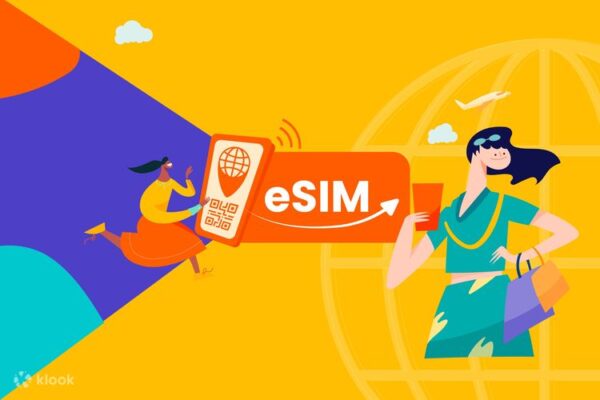
Overall, eSIM can be a fantastic choice for travelers to Japan who value convenience, flexibility, and cost-effectiveness. Best eSIM providers include Airalo, Holafly, Nomad, Gobo, Japan Wireless and Esimwise. Just make sure your phone is compatible and consider your data needs and technical comfort level before relying on it.
What I like:
- No need to carry an extra device. eSIM integrates seamlessly with your existing phone.
- Often cheaper than pocket wifi rental, especially for short trips or solo travelers.
- Easily purchase and activate different data plans from various providers, even while in Japan.
- Pay only for data usage, no worries about return schedules or additional charges.
- Some eSIM plans allow data sharing between your phone and other devices.
- Reduces e-waste by eliminating the need for a physical SIM card and device.
What I need to consider:
- Not all phones support eSIM technology.
- Setting up and troubleshooting eSIM requires an internet connection and a working phone.
- If my plan doesn’t include international roaming, I might incur charges even with an eSIM data plan.
Recommendation: The best travel eSIM for your Japan travel
eSIM vs pocket in Japan: What’s the difference?
| Feature | Pocket wifi | eSIM |
| Device | Separate device to carry | Digitally downloaded onto your phone |
| Connectivity | Connects multiple devices | Connects one device (unless hotspot enabled) |
| Cost | More expensive, especially for longer trips | More affordable for longer trips |
| Setup | Easy, no SIM card needed | Might be slightly more complex |
| Coverage | Often reliable, even in remote areas | Varies by provider, might be less extensive in rural areas |
| Data options | Limited data plans | Often offers unlimited data options |
| Sharing | Can be shared with travel companions | Generally not shareable (unless hotspot enabled) |
| Battery life | Limited, needs recharging | Depends on your phone’s battery |
When choosing between a pocket wifi and an eSIM for your connectivity needs, several key features differentiate the two options.
Device and form factor
The physical nature of these connectivity options sets the stage for their divergent user experiences. A pocket wifi is a standalone device that you carry with you, akin to a small router. This physical separation provides the advantage of shared connectivity among multiple devices – think smartphones, tablets, and laptops. In contrast, an eSIM is a digital SIM card embedded within your phone, eliminating the need for an additional device. This integration into your phone’s settings simplifies the user experience, but it comes at the cost of limited simultaneous connections.
Connectivity
The connectivity dynamics further differentiate the two options. The pocket wifi shines in scenarios where group connectivity is essential. Whether you’re traveling with family or colleagues, everyone can connect to the pocket wifi, fostering a shared online experience. On the other hand, an eSIM, by default, connects only to your device. While it can be shared through hotspot functionality, this adds a layer of complexity and may not be as seamless as the pocket wifi’s multi-device connectivity.
Cost considerations
Financial implications play a crucial role in decision-making. pocket wifi tends to be more expensive, especially for longer trips, due to rental fees and data plan costs. On the contrary, eSIMs offer a more affordable alternative, making them a cost-effective choice for extended travel periods.
For a backpacking journey across multiple countries, a pocket wifi’s cumulative rental fees and data charges might surpass the more economical eSIM option. This cost-conscious approach makes the eSIM an attractive choice for budget-conscious travelers embarking on extended adventures.
Setup and convenience
Setting up your connectivity solution can vary in simplicity. A pocket wifi is user-friendly, requiring no physical SIM card. On the other hand, configuring an eSIM might involve more digital steps, potentially adding a layer of complexity.
Coverage and reliability
The reliability of internet connectivity, especially in diverse geographical locations, is a critical factor. pocket wifi often offers robust coverage, even in remote areas, making it a reliable choice for adventurers. However, eSIM coverage varies by provider and might be less extensive in rural or off-the-beaten-path locales.
Data options and flexibility
The flexibility of data plans is a significant consideration. pocket wifi plans may be limited, offering specific data quotas for a set price. In contrast, eSIMs often provide more flexible options, including unlimited data plans.
For a digital nomad working remotely, an eSIM with an unlimited data plan might be the preferred choice. This flexibility allows for continuous work without worrying about reaching data limits, a scenario that a pocket wifi plan with a finite data cap might struggle to accommodate.
Battery life
During a day of sightseeing, relying on a pocket wifi means planning for recharging breaks. On the other hand, an eSIM user can conserve battery power by using their smartphone judiciously, recognizing that the phone’s overall battery life is now supporting both communication and connectivity functions.
Should I use pocket wifi or eSIM in Japan?

Choosing between pocket WiFi and eSIM in Japan depends on your specific needs and preferences. Pocket WiFi devices are portable routers that provide a WiFi network for your devices, offering flexibility for multiple users and a longer battery life. They are great if you have multiple devices or are traveling with a group.
On the other hand, eSIMs are embedded SIM cards that eliminate the need for a physical card. They are ideal for solo travelers or those who prefer a simpler setup. eSIMs offer instant activation, and you can switch between different plans easily.
Consider factors such as the number of devices you have, your preference for carrying an extra device (pocket WiFi), and the convenience of a quick setup (eSIM). Both options are widely available in Japan, ensuring you stay connected seamlessly during your trip.
Wrap up
In wrapping up my exploration of “eSIM vs Pocket WiFi in Japan,” it becomes evident that both options present distinct advantages. The choice ultimately hinges on individual preferences, travel scenarios, and connectivity priorities.
For those prioritizing group connectivity, reliability in remote areas, and ease of use, the Pocket WiFi stands out. On the other hand, the eSIM offers cost-effectiveness, seamless integration, and flexible data options, catering to the preferences of solo travelers, digital nomads, or those seeking budget-friendly solutions.
Please like and share this article if you found it helpful. Thanks for reading!




